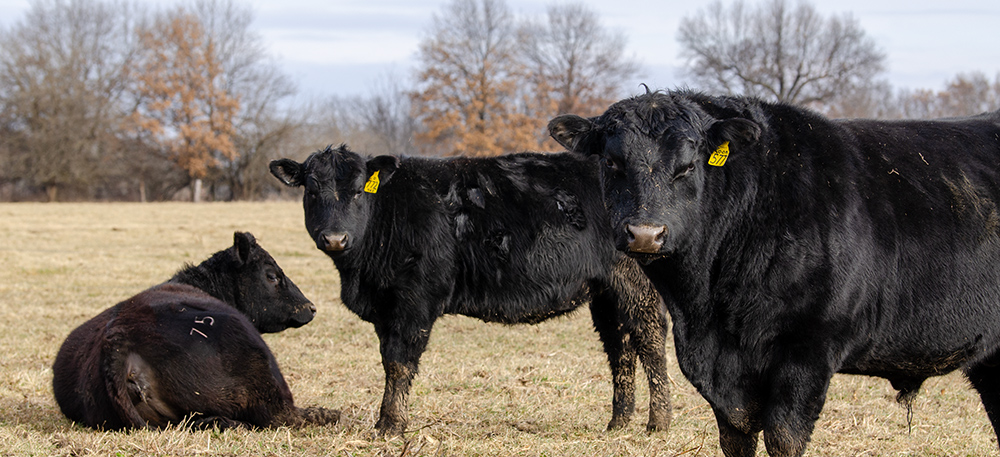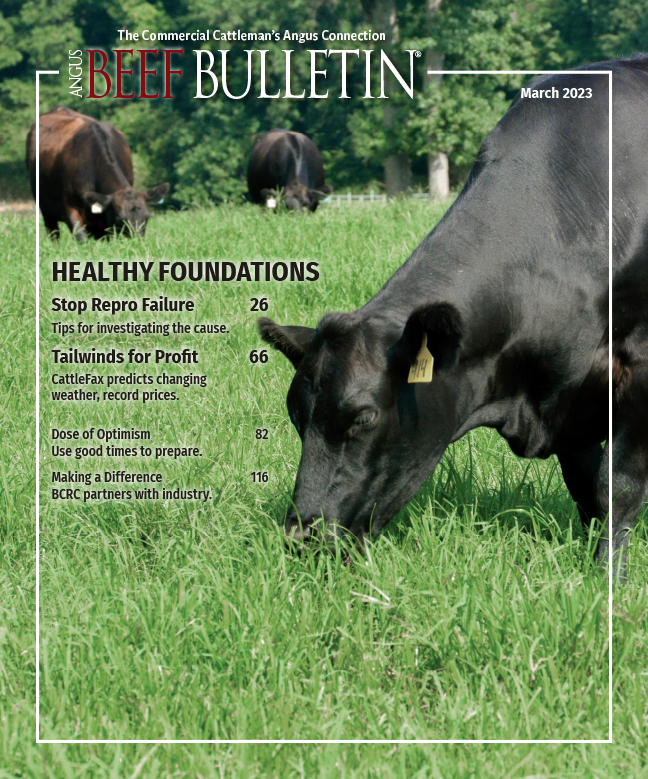
Sire Distribution of Calves After FTAI and Immediate Bull Exposure
Turning bulls out immediately after timed artificial insemination results in 5%-20% natural-service-sired calves.
Researchers at Kansas State University (K-State) conducted a study to determine the relative percentages of calves sired by either natural-service sires or fixed-time artificial insemination (FTAI) sires within the same estrous period.
For two consecutive years, heifers and cows were synchronized and inseminated using the seven-day CO-Synch + CIDR® FTAI protocol. All females were exposed to natural-service bulls immediately following insemination. After calving, DNA was collected from a random subset of calves born in the first 21 days of the calving season for parentage analysis. Calves born from heifers totaled 59 in Year 1 and 82 in Year 2; calves born from cows totaled 89 in Year 1 and 102 in Year 2.
In Year 1, among calves born from heifers, the percentage sired by natural service was 5.1% (3 of 59). Among calves born from cows, the percentage sired by natural service was 14.6% (13 of 89). In Year 2, among calves born from heifers, the percentage sired by natural service was 9.8% (8 of 82). Among calves born from cows, the percentage sired by natural service was 20.6% (21 of 102).
The researchers conclude: If commercial producers use FTAI followed by immediate bull exposure in beef females, they can expect natural-service bulls to sire 5% to 20% of calves born early in the calving season while reducing time and labor associated with bull turnout.
Editor's note: This article is adapted from Hartman, A. R.; McCabe, E. D.; Jacobs, D. R.; Fike, K. E.; and Grieger, D. M. (2023) “Sire Distribution of Calves in a Beef Herd with Use of Fixed Time Artificial Insemination Followed by Immediate Bull Exposure for Natural Service in Cows and Heifers,” Kansas Agricultural Experiment Station Research Reports: Vol. 9: Iss. 1. Sandy Johnson is a livestock production specialist for Kansas State University.



